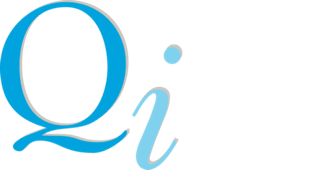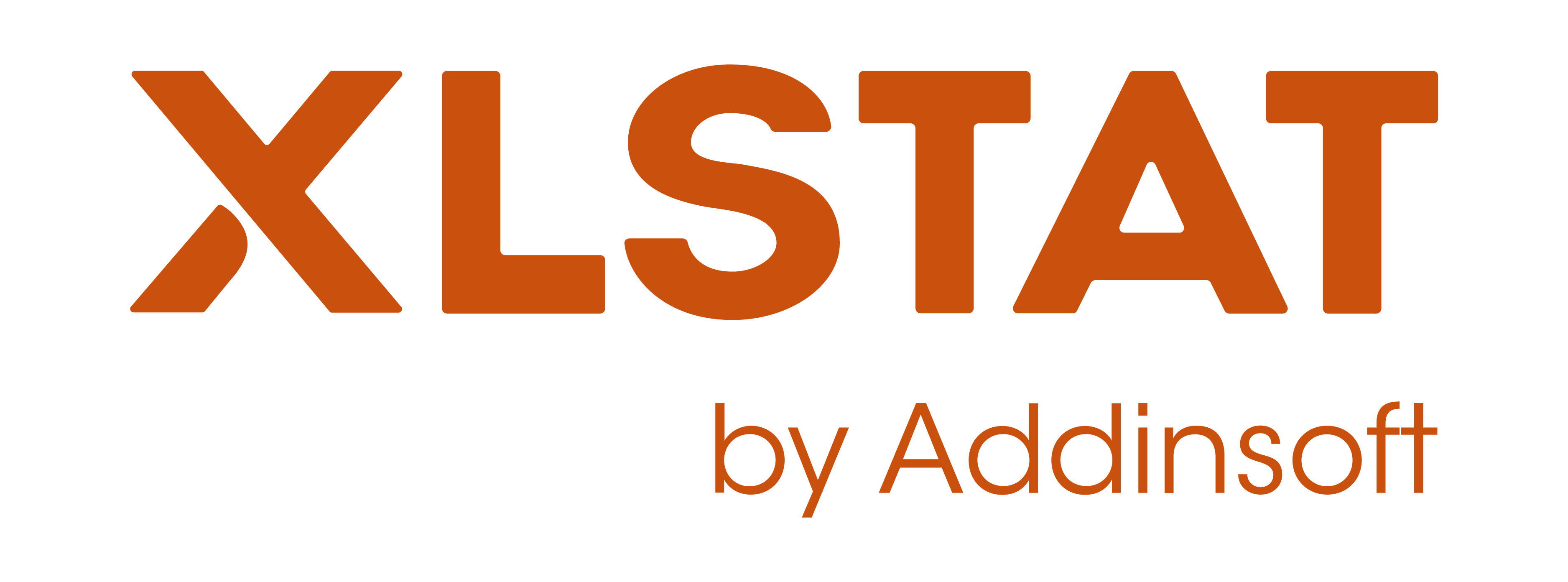Other course information
About The Trainer
Anne Hasted began her career as an academic statistician at Reading University, but is now senior consultant at Qi Statistics Ltd offering statistical training, software and consultancy support to research and industry. She has wide training and consultancy experience in many different commercial fields and has an international reputation for “user friendly” training.
Software
You will need the latest version of XLSTAT installed on your computer. If you don’t have a licence you can download a 14-day trial version, or purchase a copy through us with a discount* (see below).
Timing
Each module is 3 hours (please allow extra time for any connectivity issues up front, and questions at the end).
Please check your time zones to make sure the timings are suitable for your country.
Prices
1 Module: £395.00 ex VAT
2 Modules: £790.00 ex VAT
3 Modules: £1185.00 ex VAT
4 Modules (Complete Course): £1450.00 ex VAT
Academic Delegate discount is available.
10% reduction for multiple bookings from same organisation
XLSTAT purchase will be added to the course price only if this option is selected. The discount only applies if training is taken and only applies to the first year price. At the time of renewal the full price will be charge directly by XLSTAT.
Please contact us for more details.





